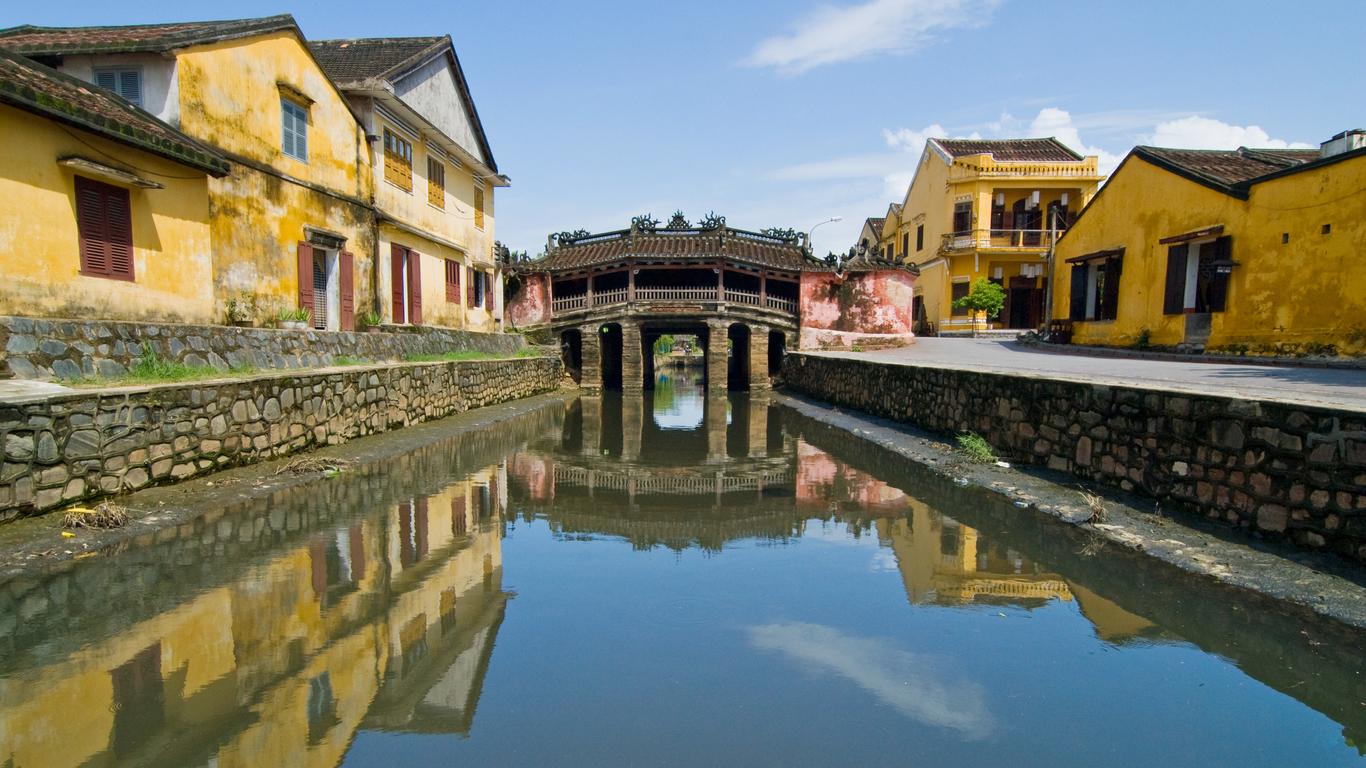Formerly known as Faifo, Hoi An’s City Centre is one of Southeast Asia’s most beautifully preserved examples of an ancient trading port. Its street plan and architecture dating from the 15th to 19th centuries reflect a diverse blend of both local and foreign influences that have seen it designated as a UNESCO World Heritage Site.
Tran Phu is the main artery running through Hoi An City Centre, with the Japanese Bridge at its western end standing as its iconic symbol. It was built in the early 17th century by the city’s Japanese community before they were forced to return to their homeland under the strict sakoku policy of the Tokugawa Shogunate. Hoi An’s historic streets are lined with wooden Chinese shopfronts and Buddhist temples, together with elegant French colonial buildings and museums which offer a glimpse into the city’s rich history. These include the Museum of Folk Culture, the Hoi An Museum of History and Culture, and the Museum of Trade Ceramics which is set within a traditional home of Hoi An. The 19th century Cantonese Assembly Hall is an impressive surviving example of where Chinese expats used to hold meetings and socialise, with its tranquil courtyard exhibiting elaborate dragon statues. The early evening hours are the perfect time to wander Hoi An’s historic streets when they illuminate with lanterns and street food sellers.
There is no railway station in Hoi An, but trains to Da Nang are met by yellow public buses which transport visitors to the historic city. Its streets are narrow and pedestrianised, meaning that walking is the best way to soak up the sights, although bicycles and motorbikes are ideal for exploring its surrounds.
Hoi An served as an important port for the Cham Kingdom between the 7th to 10th centuries when it controlled the spice trade with Indonesia. While the Cham people were Hindu, as seen in their spiritual capital of My Son, Arab traders brought with them Islam and the Chinese came with Buddhist religious beliefs, resulting in a cultural melting pot.





